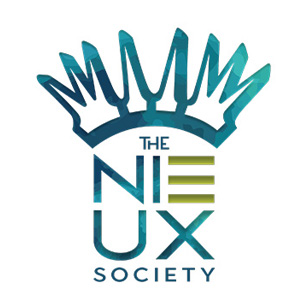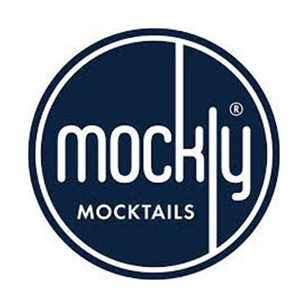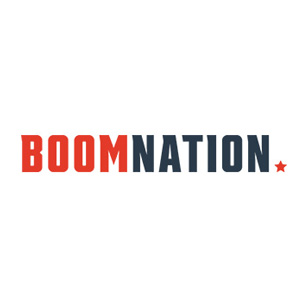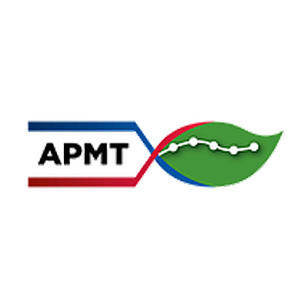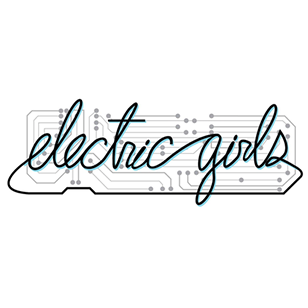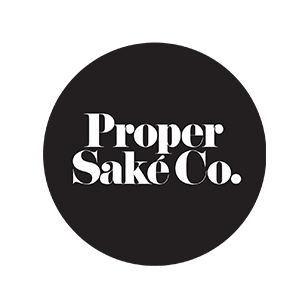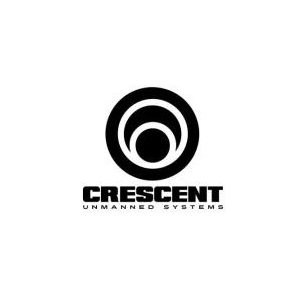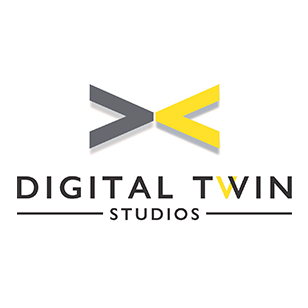How Much Does a U.S. Patent Cost?
Disclaimer: This post discusses general legal issues, but it does not constitute legal advice in any respect. This post is not a substitute for legal advice and is intended to generate discussion of various issues. This post is not to be construed as an offer or a price quote for legal services, the cost of which shall vary. No reader should act or refrain from acting on the basis of any information presented herein without seeking the advice of counsel. Cara Stone, LLP and the author expressly disclaim all liability in respect of any actions taken or not taken based on any contents of this post. The views expressed herein are personal opinion. Reading, downloading, or covering this article does not create an attorney-client relationship.
There are several reasons that a company should pursue patent rights, but for many young companies, the decision to make the upfront investment can be challenging. Patent protection can be expensive and it’s often hard to compare pricing. So, let’s address pricing head on. How much should a U.S. patent cost?
There are four types of patent applications in the U.S.: provisional, non-provisional (utility), plant, and design. This article addresses non-provisional (utility) patent applications, which are by far the most common type of patent application. If a company wants to acquire patent rights in the mechanical, electrical, chemical or software arts, for example, it must file a non-provisional patent application. Utility patent applications also cover business and operational methods.
Patent costs to file and prosecute a patent application range significantly depending on how sophisticated the technology is, the type of patent application filed, the extent of the patent application, and the amount of correspondence required between the attorney and the U.S. Patent & Trademark Office (“USPTO”). Patent costs may range from $10,000 to $40,000 or higher to file and prosecute a U.S. patent application. Here are some typical ballpark cost ranges for patent services:
- Patentability Search and Opinion: $1,800 – $2,500
- Utility Patent Application (with USPTO filing fees): $6,000 – $25,000
- Patent Application Prosecution: $2,400 – $10,000
- Patent Issuance: $550 – $1,300
- Total Cost: $10,770 – $38,800
The USPTO application fees will vary depending on whether the applicant is a small or a large company. The applicant’s decisions regarding how to handle USPTO office actions will also impact total costs. Applicants typically must also pay for formal patent drawings by a patent illustrator, which may range from $500 to around $1,000, depending on complexity.
One of the primary cost-determining factors is the type of invention or technology involved. Simple devices or inventions will take less time to review and analyze and therefore will be less expensive. A sophisticated invention or method will require extensive, in-depth analysis, which will increase the patent application costs. USPTO filing fees may also increase depending on the number of claims in the application.
Below is a chart with examples of invention types and typical ballpark attorney fees:
| Invention Type | Example Inventions | Attorney Fees for Patent Application |
| Simple | Hairpin; magnetic dog leash; post-it note | $6,000-$8,500 |
| Fairly Complex | Bicycle; golf club; umbrella | $8,500-$13,000 |
| Highly Complex | Solar cell; dietary supplements; petrochemical | $13,000-$17,000 |
| Software | Marketing software; business methods | $17,000+ |
These costs may intimidate a founder without significant initial capital. Indeed, the cost to even file a patent application, much less see it through prosecution, may be prohibitive. However, a new company still has options to start developing its patent strategy.
For example, a patent search or a patent landscape review may help identify patent white-space. These more affordable options may help the founder steer the company’s initial development and posture it for focused efforts to acquire valuable patent rights. The knowledge obtained may also provide a basis for including patent costs in an initial funding round.
Investors typically expect companies with potentially patentable assets to have developed an initial patent strategy with a patent attorney. However, they also understand that most new companies do not have enough initial capital to file and prosecute a patent application. A founder who has done the initial research and included these costs in the company’s financial plan will be able to more confidently talk to investors and increase the chances of obtaining the requisite funding.
You may also be interested in:
Does Trademark Protection Matter At Exit
Preparing For Exit: Part 1 Good Corporate Hygiene
Disclaimer: This post discusses general legal issues, but it does not constitute legal advice in any respect. This post is not a substitute for legal advice and is intended to generate discussion of various issues. This post is not to be construed as an offer or a price quote for legal services, the cost of which shall vary. No reader should act or refrain from acting on the basis of any information presented herein without seeking the advice of counsel. Cara Stone, LLP and the author expressly disclaim all liability in respect of any actions taken or not taken based on any contents of this post. The views expressed herein are personal opinion. Reading, downloading, or covering this article does not create an attorney-client relationship.
There are several reasons that a company should pursue patent rights, but for many young companies, the decision to make the upfront investment can be challenging. Patent protection can be expensive and it’s often hard to compare pricing. So, let’s address pricing head on. How much should a U.S. patent cost?
There are four types of patent applications in the U.S.: provisional, non-provisional (utility), plant, and design. This article addresses non-provisional (utility) patent applications, which are by far the most common type of patent application. If a company wants to acquire patent rights in the mechanical, electrical, chemical or software arts, for example, it must file a non-provisional patent application. Utility patent applications also cover business and operational methods.
Patent costs to file and prosecute a patent application range significantly depending on how sophisticated the technology is, the type of patent application filed, the extent of the patent application, and the amount of correspondence required between the attorney and the U.S. Patent & Trademark Office (“USPTO”). Patent costs may range from $10,000 to $40,000 or higher to file and prosecute a U.S. patent application. Here are some typical ballpark cost ranges for patent services:
- Patentability Search and Opinion: $1,800 – $2,500
- Utility Patent Application (with USPTO filing fees): $6,000 – $25,000
- Patent Application Prosecution: $2,400 – $10,000
- Patent Issuance: $550 – $1,300
- Total Cost: $10,770 – $38,800
The USPTO application fees will vary depending on whether the applicant is a small or a large company. The applicant’s decisions regarding how to handle USPTO office actions will also impact total costs. Applicants typically must also pay for formal patent drawings by a patent illustrator, which may range from $500 to around $1,000, depending on complexity.
One of the primary cost-determining factors is the type of invention or technology involved. Simple devices or inventions will take less time to review and analyze and therefore will be less expensive. A sophisticated invention or method will require extensive, in-depth analysis, which will increase the patent application costs. USPTO filing fees may also increase depending on the number of claims in the application.
Below is a chart with examples of invention types and typical ballpark attorney fees:
| Invention Type | Example Inventions | Attorney Fees for Patent Application |
| Simple | Hairpin; magnetic dog leash; post-it note | $6,000-$8,500 |
| Fairly Complex | Bicycle; golf club; umbrella | $8,500-$13,000 |
| Highly Complex | Solar cell; dietary supplements; petrochemical | $13,000-$17,000 |
| Software | Marketing software; business methods | $17,000+ |
These costs may intimidate a founder without significant initial capital. Indeed, the cost to even file a patent application, much less see it through prosecution, may be prohibitive. However, a new company still has options to start developing its patent strategy.
For example, a patent search or a patent landscape review may help identify patent white-space. These more affordable options may help the founder steer the company’s initial development and posture it for focused efforts to acquire valuable patent rights. The knowledge obtained may also provide a basis for including patent costs in an initial funding round.
Investors typically expect companies with potentially patentable assets to have developed an initial patent strategy with a patent attorney. However, they also understand that most new companies do not have enough initial capital to file and prosecute a patent application. A founder who has done the initial research and included these costs in the company’s financial plan will be able to more confidently talk to investors and increase the chances of obtaining the requisite funding.
You may also be interested in:
Does Trademark Protection Matter At Exit
Preparing For Exit: Part 1 Good Corporate Hygiene



